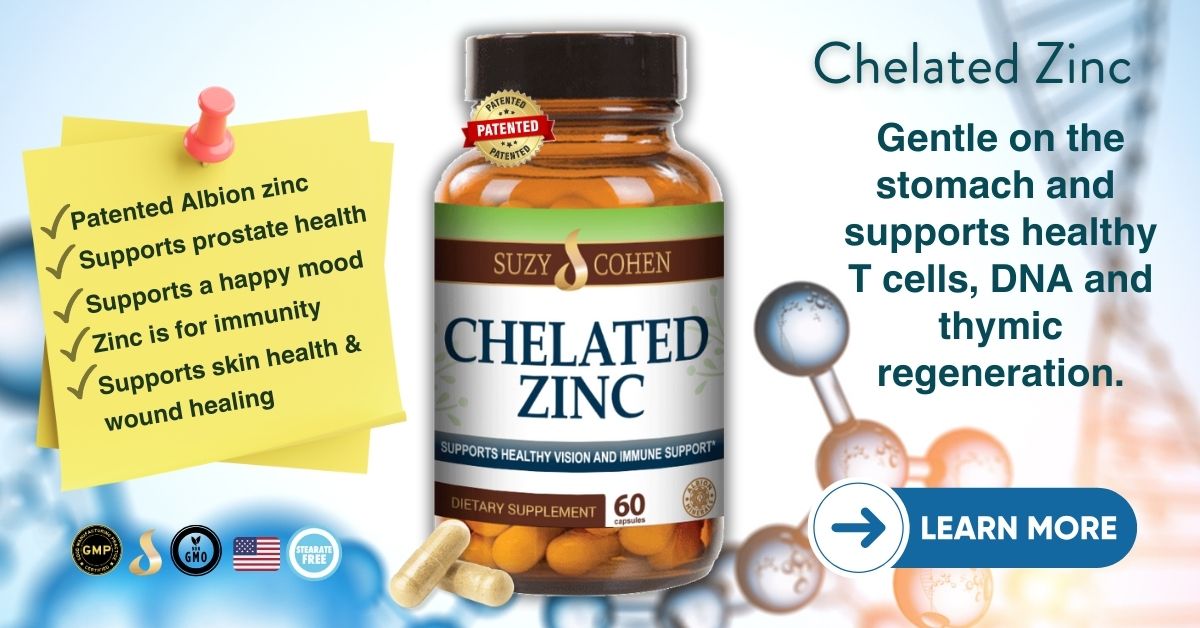What's On This Page?
ToggleWhen you think of fresh cilantro, what comes to mind? Is it guacamole, tacos or other Mexican cuisine? You may be surprised but it can be used in everything. It’s a delicious herb with medicinal benefits galore. In America, it refers to the leaves, which look a little bit like a parsley bunch. I always have to squint to make sure I’m grabbing the right one at the grocery store. But the seeds of this plant are called coriander.
Did you know that cilantro and coriander are almost the same thing? And even more interesting, did you know that consumers have been pushing for antibiotic-free chicken and it is used as one herbal antibiotic? That’s how strong the anti-microbial effects are! If you’re interested in poultry and other herbal antibiotics used in that industry, here is the pubmed ARTICLE that was published in July 2021.
Cilantro is rich in carotenoids, as well as quercetin, kaempferol, apigenin and rhamnetin. This simply means it provides excellent antioxidant power to clean up your body like a cellular Roomba.® Plus because it’s green the chlorophyll you consume from it acts as an excellent detoxifier. More on that momentarily.
It’s rare but true that some people find the smell and taste of this herb quite foul! That’s because they have a cilantro SNP in one of their ‘smell genes’ the olfactory receptor OR6A2. Polymorphisms in this specific gene cause some people to hate the herb, but again it’s rare.
For those of you interested in the science behind this, It is suspected, but not proven, that dislike for the taste of cilantro is actually driven by the aroma. And after taking a whiff of it the nose detects aldehyde that make them cringe. Some of the following components and aldehydes of cilantro are listed here (and there are others). These are all naturally occurring, although pharmaceutical companies are looking into some of these in order to create prescription medications one day:
E-2-alkenals
Dodecanal
Decanal
E-2-decenal
E-2-dodecenal
The last two compounds are the most pungent and most like cilantro and if detected by someone with a genetic SNP in the olfactory receptor OR6A2… well they are going to hate it! That’s too bad because there are tremendous medicinal benefits. I’ll list 3 main benefits now.
Chelation of Heavy Metals
It is useful for gentle chelation and detoxification of heavy metals from the body. These metals get into your bloodstream if you eat certain foods processed with metals or are exposed to environmental pollutants, contaminated water, old dental fillings, household chemicals, smoking, and more. After accumulating for years, it may impact your overall health, and so chelation is one thing that health seekers look to.
Chelation agents (either herbal or prescribed) are useful because they will bind to these heavy metals, making them either dissolvable or allowing them to be escorted out of the body via the urine. The worst ones are nickel, uranium, cadmium, aluminum, lead, and gadolinium. Very high levels of heavy metals in youngsters, or in susceptible adults are thought to increase the risk of heart disease, thyroid illness, dementia, infertility, and more. While cilantro can’t remove all metals, nor does it prevent any disease, it is still widely revered for its detoxification capabilities and there are studies to prove that.
Cilantro May Help with Bone Building.
It’s one of the best herbal sources of vitamin K which helps put calcium back into your bones by shuttling it out of your bloodstream. Vitamin K has a well-known role in supporting bone mass and dental health. It provides approximately 258% of the daily recommended intake!
That is why people who are on anticoagulant therapy (ie warfarin) are sometimes told to avoid cilantro. We also know that cilantro is a great source of minerals that are also needed for strong bones. It contains calcium of course, but also potassium, iron, magnesium, and manganese. That last one is used by your body to make a strong antioxidant enzyme called SOD or superoxide dismutase.
Seizure Control
Epilepsy is a serious condition that requires proper treatment by a qualified practitioner. Traditional medications often included those in the category of anticonvulsants and tricyclic antidepressants. Alternatives often include CBD, a non-psychoactive component of marijuana that is also widely known to help.
But what about an herb like cilantro? I want to be sure you don’t stop your medications and eat the leafy herb, okay?! That is not what I’m saying here. More specifically, the E-2-dodecenal component of cilantro was STUDIED and found to help with epilepsy by interacting with potassium channels in the body. Upon binding, the nerve cells in the brain seem to relax and stop firing aberrantly, translating to reduced seizure activity. Potassium channels are part of the human body’s electrical wiring.
A person suffering from seizures might be able to enhance their current therapy by eating more fresh cilantro. It’s so easy, it can be cut up and put in many recipes, smoothies, soups and salads. Its therapeutic action comes as a surprise to most, however it is proven and in my professional opinion, it is a promising adjunctive therapy for controlling seizures.
My article refers to eating the fresh herb which you can buy at any supermarket, so I am uncertain if pills and extracts (ie cilantro supplementation) are right for everyone. Please ask your doctor or pharmacist before taking dietary supplements to be sure they are right for you.
Wondering about how to incorporate more cilantro into your meals? Here are a few recipes you may like:
Delicious Guacamole
Mouth-watering Shrimp Tacos
Scallops in Cauliflower Puree
Baked Nacho Taco Dip
Bitter Melon Stir-Fry
Peruvian Grilled Chicken

Suzy Cohen, has been a licensed pharmacist for over 30 years and believes the best approach to chronic illness is a combination of natural medicine and conventional. She founded her own dietary supplement company specializing in custom-formulas, some of which have patents. With a special focus on functional medicine, thyroid health and drug nutrient depletion, Suzy is the author of several related books including Thyroid Healthy, Drug Muggers, Diabetes Without Drugs, and a nationally syndicated column.


